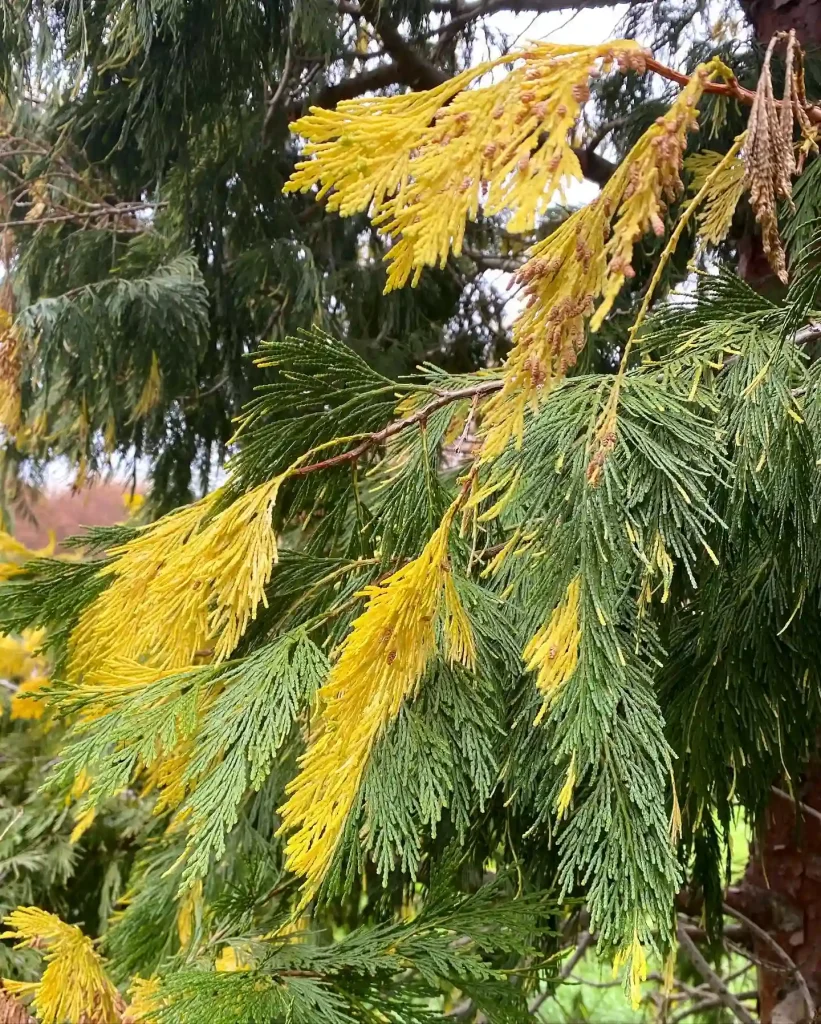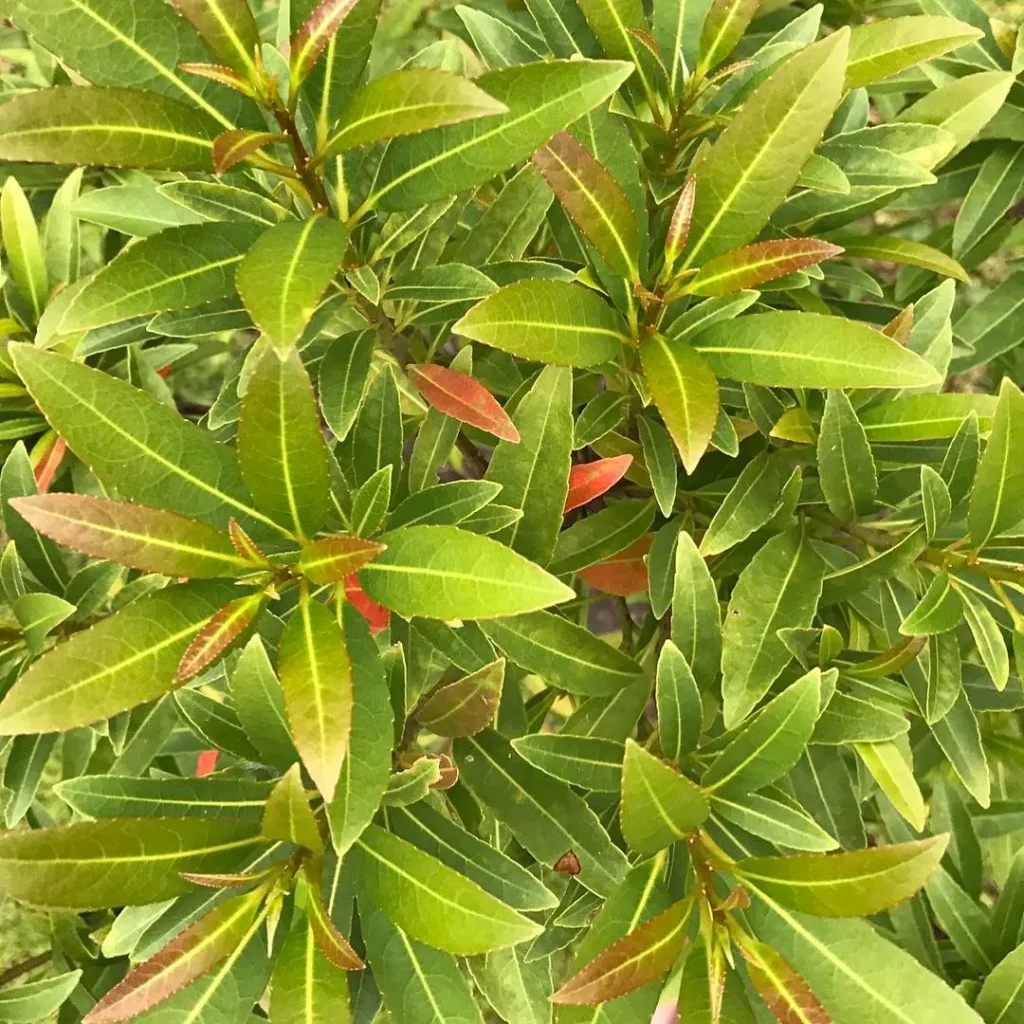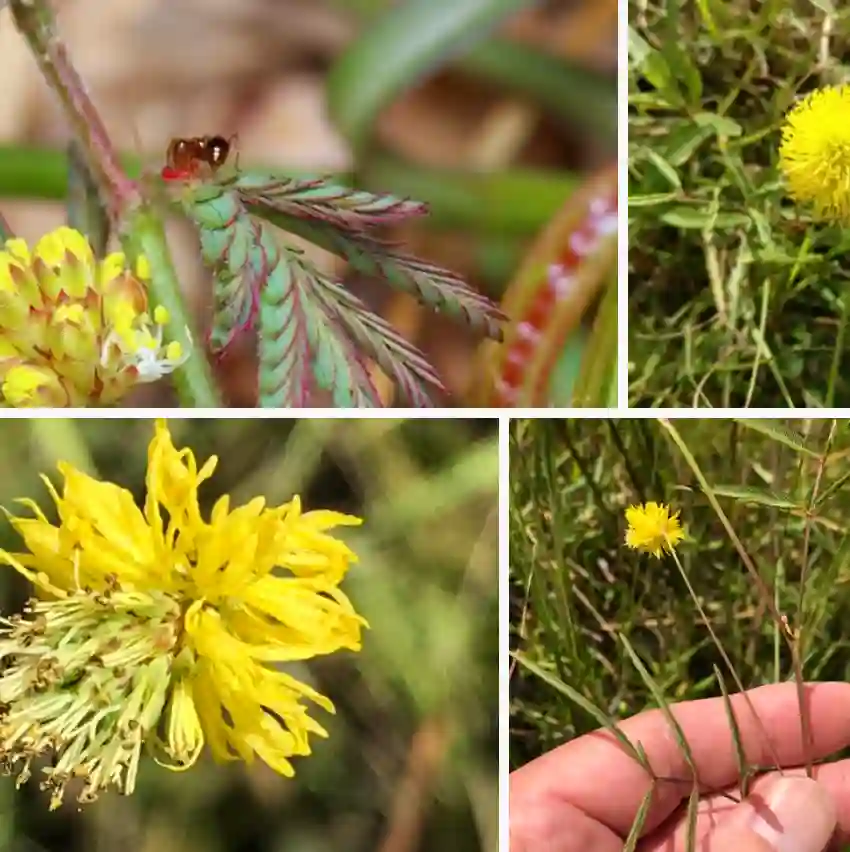What is Aglaonema Emerald Bay?
Hi, Ferb Vu here! Today, we’re diving into the world of the Aglaonema Emerald Bay, a Chinese Evergreen variety prized for its lush foliage and resilience.
This houseplant is a superstar for beginners and seasoned plant parents alike. Its deep green, glossy leaves and reddish stems add a touch of sophistication to any room. But what truly sets it apart is its easygoing nature.
So, if you’re looking for a plant that thrives on neglect (almost!), the Aglaonema Emerald Bay might be your perfect match. Let’s answer some of the most common questions about this beauty.
26 Species in Genus Aglaonema
Can the Aglaonema Emerald Bay handle low light?
Absolutely! This is one of the plant’s biggest selling points. It tolerates low-light conditions much better than most houseplants. While brighter, indirect light will promote bushier growth, the Emerald Bay can survive in shadier corners.
Direct sunlight? Not a friend.
While low-light tolerant, avoid placing your Emerald Bay in direct sunlight. This can scorch the leaves, leaving unsightly brown patches. Opt for bright, indirect light from a north or east-facing window.
How often should I water my Aglaonema Emerald Bay?
The key here is to avoid overwatering. Let the top inch of soil dry out completely before watering again. This typically translates to watering every 1-2 weeks, depending on the temperature and humidity levels.
Drooping leaves often point to overwatering.
Feel the soil before watering. If it’s still moist, hold off. Remember, underwatering is easier to fix than overwatering.
Does the Aglaonema Emerald Bay need high humidity?
While it appreciates some humidity, the Emerald Bay is surprisingly adaptable. Average household humidity levels are usually sufficient. However, if the air gets very dry, consider misting the plant occasionally or placing it on a pebble tray filled with water.
What kind of soil is best for the Aglaonema Emerald Bay?
A well-draining potting mix is crucial. Opt for a mixture specifically formulated for indoor plants, or create your own by combining potting soil with perlite or orchid bark for added drainage.
Does the Aglaonema Emerald Bay need fertilizer?
Not really. This slow-growing plant doesn’t require frequent feeding. A light application of a balanced fertilizer once a month during the spring and summer is sufficient. However, it can happily survive without it.
What are some common problems with the Aglaonema Emerald Bay?
Thankfully, the Emerald Bay is a fairly pest-resistant plant. However, keep an eye out for mealybugs, which appear as cottony white clusters on the leaves. You can remove them with a cotton swab dipped in rubbing alcohol.
Brown leaves?
This can be caused by underwatering, overwatering, or sunburn. Identify the cause and adjust your care accordingly.
Can I propagate the Aglaonema Emerald Bay?
Absolutely! This plant can be easily propagated by stem cuttings. Simply take a section of stem with a few leaves attached, plant it in moist potting mix, and keep it warm and humid. With a little patience, you’ll have a new Emerald Bay in no time.
Aglaonema Emerald Bay vs Aglaonema Silver Bay?
These two varieties are close cousins. The main difference lies in their foliage. The Emerald Bay boasts deep green, glossy leaves, while the Silver Bay features stunning silver variegation. Both are low-maintenance and tolerant of low light.
What about the Snake Plant?
Both the Aglaonema Emerald Bay and the Snake Plant (Sansevieria) are known for their low-maintenance nature. However, the Snake Plant has a more upright, sword-like appearance, while the Emerald Bay offers lush, spreading foliage.
The Final Word
The Aglaonema Emerald Bay is a fantastic choice for anyone seeking a beautiful and easy-to-care-for houseplant. Its elegant foliage and adaptability make it a versatile addition to any décor. With minimal effort, you can enjoy the beauty and air-purifying benefits of this tropical gem for years to come.
If i die, water my plants!



